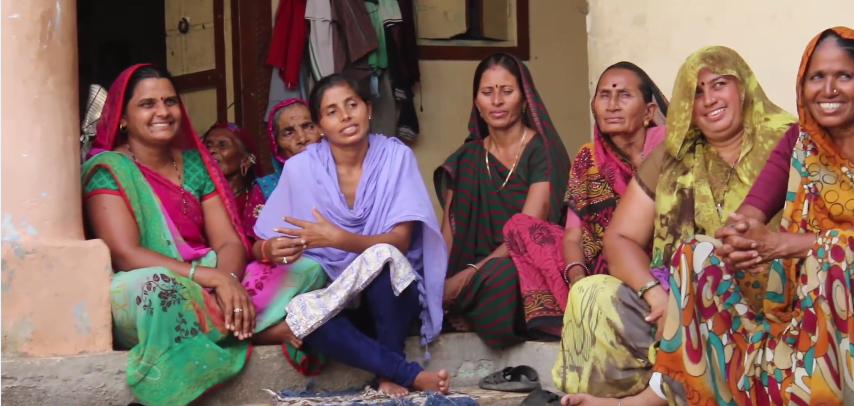Cinema has failed for years to acknowledge the existence of caste. The oppressive Brahmanical system has only been questioned at the margins of this world and has never been continuously engaged with. Pratik Parmar, a documentary film maker from Gujarat realized that this held true for Gujarati cinema as well, “The industry is in the hands of Savarnas, and they do not wish to bring out truths that make them uncomfortable or which ‘tarnish’ the image of the state,” he said. In an ambitious project, supported by the Navsarjan Trust, Pratik Parmar and fellow film maker Parth Jani set out to change this pattern of Savarna cinema.
Project Heartland, a YouTube mini-series documents stories of Dalit men and women across Gujarat who have been struggling against the oppressive system and trying to dismantle it in their own way. The series focuses on Dalits who have not been silent about the attrocities that have been committed towards them and others in the name of caste, and have fought the system against all odds.
These powerful narratives and stories are those which the Brahmin Media fails to cover and document as these are the stories that threaten their very Brahminical privilege. The series can be found on Ahmedabad Talkies‘ YouTube channel.
In 2005 Ramji Bhai was attacked in broad day light of a busy street by upper caste men. His fault was filing a case against them for illegally possessing his land. The threats and legal battle has continued for 12 years. Ramji Bhai is not afraid of continuing to fight this battle against the Brahminical system because his message is clear: Dalits will not tolerate anymore injustice.
“You can load trucks with the amount of plastic that comes out of dead cows. So if they really want to protect cows, they should ban plastic“, says a leather tanner from Gujarat. On July 11, four men were thrashed for skinning cows in Una, Gujarat which lead to one of the largest Dalit protests that Gujarat had ever seen. It was a rude shock for the Savarna Empire when Dalits fought back and realization that these are not and were not isolated protests.
Being a Dalit woman means being twice oppressed. Facing the patriarchal Savarna system, the story follows Shantuben’s struggle against it. She was elected the head of Hajipur village, Gujarat and comes from the only Dalit family in the village. The strength and the determination with which Shantuben runs her village, facing discrimination from the system is brought to reel through the eyes of the villagers and her husband (because she was shy of coming in front of the camera)
This story is about Kanubhai and Denaben from Madhugadh. The couple narrates their story of police cases and a battle against the local dairy co-operative, who had socially boycotted them for arguing with upper caste men. After months of mental anguish, not having enough to get by, and being ostracized their milk was finally accepted after the collector intervened. This hasn’t meant that their is change in the attitudes of the co-operative, but this has been a big win for Denaben and Kanubhai
“I get 50 rupees in the morning and 50 rupees in the evening. I have been working on this low pay scale for 30 years“, says a safai karamchari from Gujarat. This story documents the state of affairs of those who engage with “Swacch Bharat” on daily basis and the injustice that is meted out to them by the state. The invisibility of their voices in the campaign itself is a reminder of the deeply entrenched Brahminical system within the State.
The series is important to watch, not only because it addresses difficult topics and shows stories of honest struggles but also because the documentation of the stories focuses on first person narratives and does not co-opt these stories.
The act of watching and engaging with Project Heartland is a call to smash the Savarna system and we sure hope you are smashing it out of the ball park.
About the author(s)
I spend most of my time trying to smash the patriarchy, keep my privilege (of being a cis-upper middle-class woman) in check, and hoarding books. In my free time, I travel and work in the field of gender research and writing. I believe that equal rights, poetry, and pani puri can change the world.




